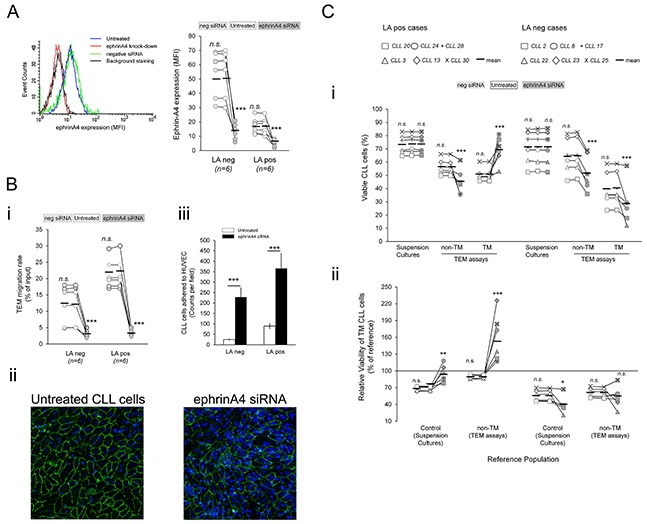Figure 5. Absence of ephrinA4 reverse signaling during TEM increases survival outcome of TM cells in LApos samples.

CLL cells of the 12 patients used in EphA2Fc assays having (LApos) or not (LAneg) lymphadenopathy (Figure 4), were nucleofected with ephrinA4 specific or negative control siRNA duplexes or left untreated. A. EphrinA4 silencing was determined by flow cytometry 48 hours after nucleofection. B. Untreated or nucleofected cells (siRNA neg or ephrinA4) were left transmigrating for 12 hours through TNF-HUVEC. i) TEM rate of samples measured by flow cytometry. ii) Transwell filters from TEM assays were stained with anti CD31 mAb (green, HUVEC junctions) and Hoechst (blue, nuclei) and examined by confocal microscopy (40x oil immersion; Leica TCS-SP2). CD31 junctions were not altered in the HUVEC monolayer of ephrinA4 knock-down samples. iii) Absolute counts of CLL cells adhered to TNF-HUVEC were measured by image analysis (ImageJ; > 200 nuclei counted per filter). C. Analysis of CLL cells viability in TEM assays after ephrinA4 knock-down. i) Absolute levels of viable CLL cells in suspension cultures or in TEM assays (non-TM and TM cells) were compared between ephrinA4-specific or neg control siRNA nucleofected to control untreated CLL cells. ii) Relative viability of TM cells as percentage of basal levels in suspension cultures or of non-TM cells. Paired two-tailed Student's T test significance values: * P<0.05; ** P<0.01; *** P<0.001.
